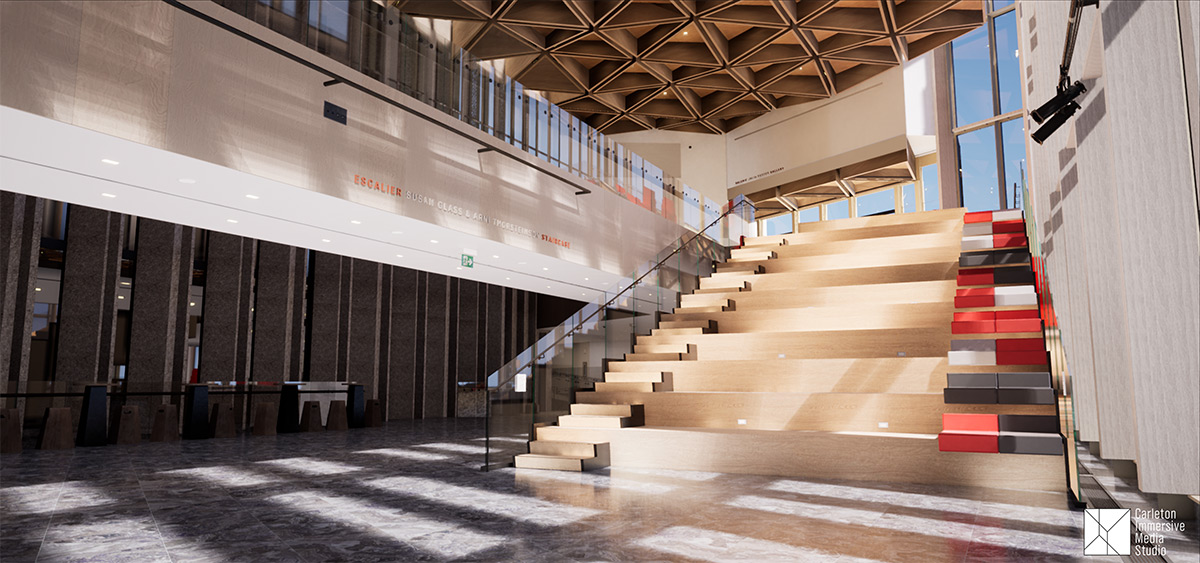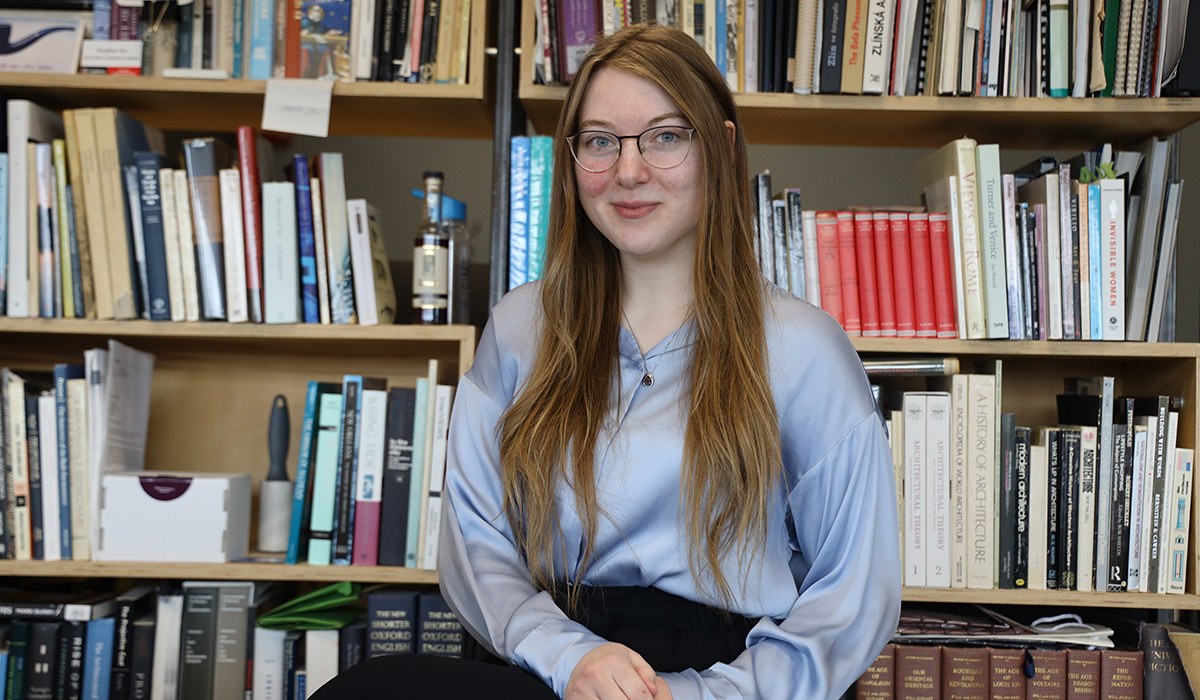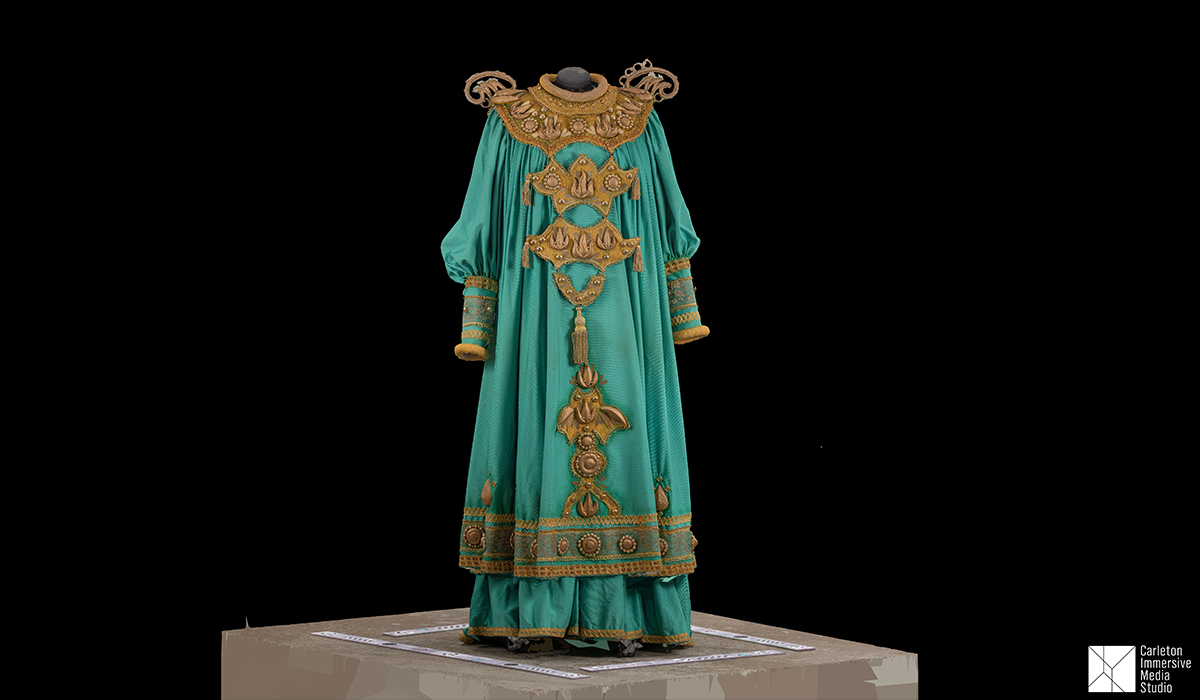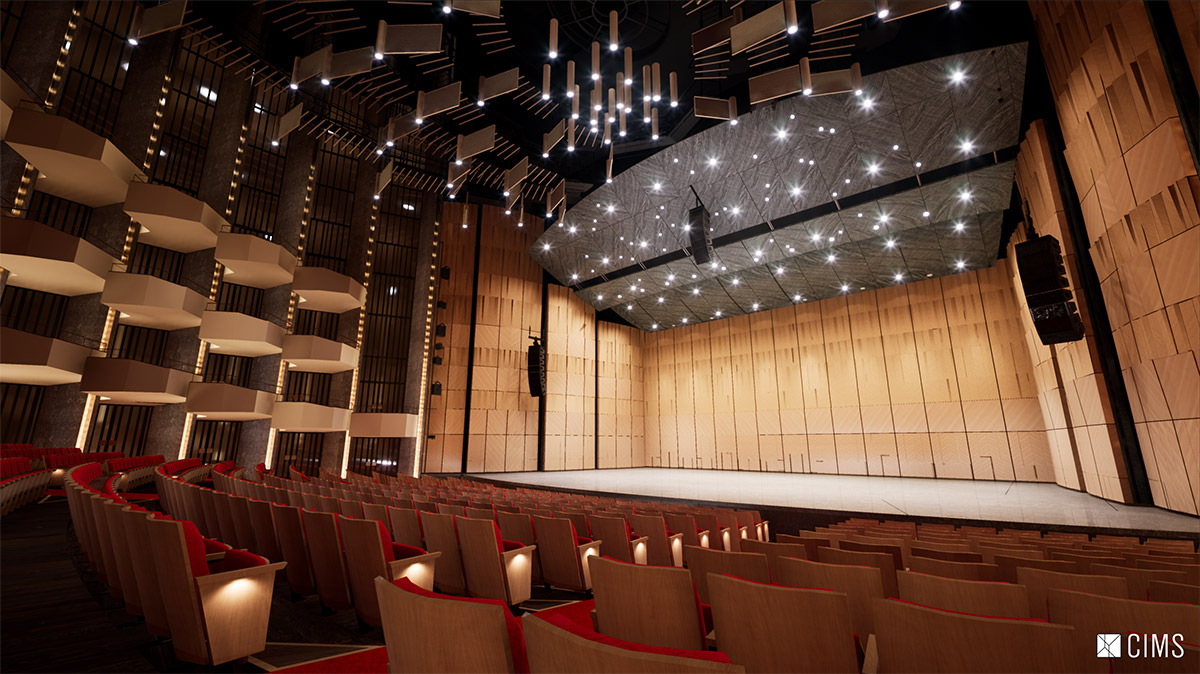From the crumbling tombs of ancient Egyptian kings to Canada’s under-renovation Parliament Hill, heritage sites across the globe are faced with a common challenge: how do we make these historically and culturally important spaces more accessible to all?
To resolve this, institutions are reaching out to Carleton University’s Immersive Media Studio (CIMS), a multidisciplinary lab that collaborates with public, private and not-for-profit partners to find cutting-edge digital solutions.
Led by director Stephen Fai, the studio’s team of researchers use high-tech modeling and image capturing tools to create digital models of heritage sites, allowing anyone to virtually travel through space and time to explore the location.
Internationally renowned for their skills, the studio works with high-profile clients to do everything from creating a 360-degree virtual reality reconstruction of the Senate of Canada building for Canada’s 150th anniversary, to painstakingly documenting the tomb and wall paintings of 14th century BCE pharaoh Tutankhamun or “King Tut” for the Getty Conservation Institute.

Most recently, CIMS partnered with the National Arts Centre (NAC) in Ottawa to make an interactive digital replica of Canada’s performing arts hub, with the first phase of the project tentatively scheduled to launch in the fall.
“We wanted to tell the story of this incredible institution and building, and to digitize its archives which aren’t generally available to the public” says Fai, a researcher and professor at Carleton’s Azrieli School of Architecture and Urbanism.
Creating a virtual version of the NAC ensures that the building and its contents will not only be recorded for posterity, but will give the institution an enhanced online presence.
The driving force behind the project was ‘How do we make these spaces fully accessible to everyone, whether they’re a fine arts student at a local university or a theatre-loving Canadian from across the country?’ says Fai.
The “Endless Possibilities” of Digital Models
During the pandemic, when the curtain temporarily came down on in-person performances at the NAC, CIMS team lead Julia Laninga and her colleagues spent months digitally documenting every corner of the empty building.
These scans were uploaded into the Unreal Engine – a powerful software used to make video games – to create a navigable 3D model of the arts centre.

“We focused on how to bring people into the NAC to experience the space in a way that’s interactive and educational,” explains Laninga, who is also an alumna of Carleton’s interactive multimedia and design program.
Because the team had permission to use elements from and crosscheck their model against one previously developed by Diamond Schmitt Architects for a renovation project, the final product is a hyper-accurate copy of the entire NAC housed within a game engine.
“That level of detail and precision really gives the NAC endless possibilities for future applications,” says Laninga.
These applications could include using the model as a wayfinding map for guests or as a tool for stage designers hoping to see what their sets will look like from any seat in the house.
“By digitally scanning and archiving buildings, we open up a world of possibilities and solutions to future problems we can’t even imagine,” says Fai.
“A similar thing happened with our Parliament Hill project,” he explains. “We started documenting buildings in the West and Centre Blocks to create a heritage record of what they looked like – but those models are now being used by the construction firms contracted to repair those buildings as part of the multi-billion-dollar Parliament Hill rehabilitation project.”

Exploring the Secrets of Canada’s National Arts Centre
Inconspicuously tucked away in the parking garage, the NAC quietly houses one of the largest performing arts archive in the country, containing half a century’s worth of costumes, props and more.
Thanks to the CIMS’s diligent digitizing work, much of the archive and its contents will now be accessible to the public for the first time ever.
In fact, the 3D version of the NAC lets visitors peak into several areas they’d never be allowed to see in person – from the backstage to a special presidential safe room.
“There’s a secret space at the NAC called the Nixon Room, built for US President Richard Nixon at his request,” explains Fai.
“He required that there be a safe room where his security could take him if an incident or assassination attempt occurred while he visited.”

The CIMS team also produced a series of bilingual interactive tours to accompany their 3D model. Virtual visitors can “walk through” atriums and concert halls guided by commentary from fictionalized characters from different eras across the arts centre’s fifty-year history.
“The same space can hold very different meanings to different people, which helps us tell a fuller story,” says Laninga.